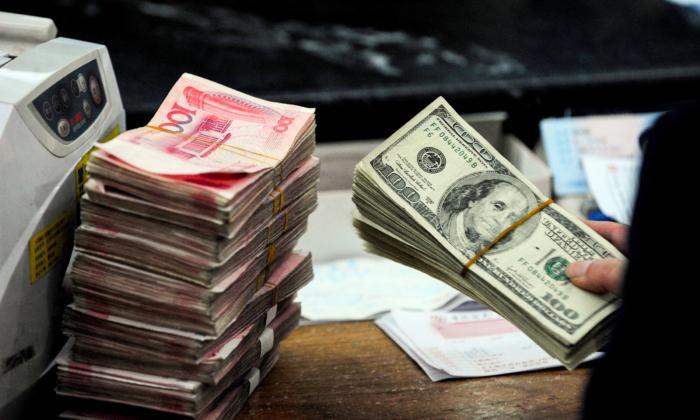On the matter of China-U.S. trade, there is one item of bad news and two of good news.
The bad news is that China has failed to meet its commitments under the first phase of the trade agreement signed in January 2020. This is hardly a surprise to anyone who has followed the data, but it is now official. Deputy U.S. Trade Representative Sarah Bianchi recently announced that the failure is “clear.”
One piece of good news is that the tariffs the Trump White House imposed in 2019 remain in place to pressure China into further efforts at compliance.
The other piece of good news is that the two countries continue to talk about next steps to foster, in Bianchi’s words, a “stable [trade] relationship between the two countries.”
The first phase of the U.S.-China trade agreement itemized all the major points of disagreement between the two countries but did not address them all. It stipulated that all the 2019 tariffs would remain in place until, among other things, China increased its purchases of American exports by $200 billion above the 2017 levels. It gave China until this past December to accomplish this.
In addition to the overall figure, the treaty also stipulated specific targets for different sorts of products, agriculture, energy, and manufactured goods. Once the additional buying was accomplished, the 2020 agreement stated, the parties would talk about reducing or eliminating the tariffs and go on with a so-called phase two that would try to resolve more sensitive matters, such as China’s policy of subsidizing certain industries and requiring technology transfers from any U.S. company operating in China.
China certainly has failed to meet the targets set out for it in the treaty. According to calculations made by the Peterson Institute for International Economics, the $200 billion net additional purchases should have put China’s imports from the United States at $380 billion at the end of last year.
China’s imports from this country seem to have come in at barely above $220 billion, some 37 percent below target. An alternative way of measuring would put the shortfall at closer to 40 percent. The extent of this failure varies from one product group to another, but all show a shortfall. Actual purchases were, for instance, some 24 percent short for agriculture, 38 percent short for manufactures, and 53 percent for energy.
Confronted with these facts, China’s negotiators have excused the country’s inability to meet targets by pointing to recent supply chain problems and more generally to constraints imposed by the pandemic, of which no one knew anything when the treaty was signed. They have a point. The lockdowns and quarantines put in place to combat COVID-19 curtailed buying in China, as elsewhere, and so also imports.
Supply chain problems, especially the rolling blackouts China has had to put in place because of energy shortages, have curtailed spending and production and, accordingly, imports. The Chinese negotiators might have added a reference to the difficulties imposed by the drop in U.S. energy production during the past year, but there is no evidence that they made any reference to this fact.
Whether the shortfall is excusable or not, it seems not to have changed things. The tariffs remain in place. Bianchi has made it clear that the American side has no desire to “escalate” the dispute. She did indicate that Washington would look at all the “tools” available to hold China accountable but failed to itemize exactly what those “tools” are.
Otherwise, she seems amenable, despite China’s failures, to extending the negotiations to those items saved for the second phase of negotiations—state subsidies, forced technology transfers, and the need for stronger intellectual property protections—all of which she described as a “serious threat to American economic interests.”
If China has fallen short of its promises, this is not the first time. Meanwhile, continued talks offer proof of a sort against the uncertainties and business disruptions that accompanied the 2019 “trade war” between the United States and China.
Though history suggests that progress on these trade issues remains doubtful, the tariffs should keep enough pressure on China’s economy to create at least a hope that Beijing will negotiate in “good faith” and perhaps even alter the unfair practices of which the United States has complained, and Deputy Trade Representative Bianchi has highlighted.





